Articles tagged python
Changes Are Coming to the Okta Developer Edition Organizations

As part of Okta’s Secure Identity Commitment (OSIC) to lead the industry in the fight against identity attacks, we are making changes to improve our architecture related to developer organizations. On May 22, 2025, our new Integrator Free Plan will become the default organization type when you sign up on developer.okta.com. If you are actively using an Okta Developer Edition org, please create an Integrator organization and migrate to it. The Okta Developer Edition terms...
Astronomy Geek to Oktanaut: Landing as a Dev Advocate at Okta

I’m Akanksha Bhasin, and I’m all about building community for developers. I come from a developer background, and for over six years, I’ve been building and growing communities for developers. On top of that, I’ve spent the last four years diving into Developer Relations. I’ve had the chance to work with some fast-growing companies, helping them build their communities worldwide. That means getting the word out about emerging tech to developers, organizing significant events and...
How I Built an Okta Documentation Chatbot in Python
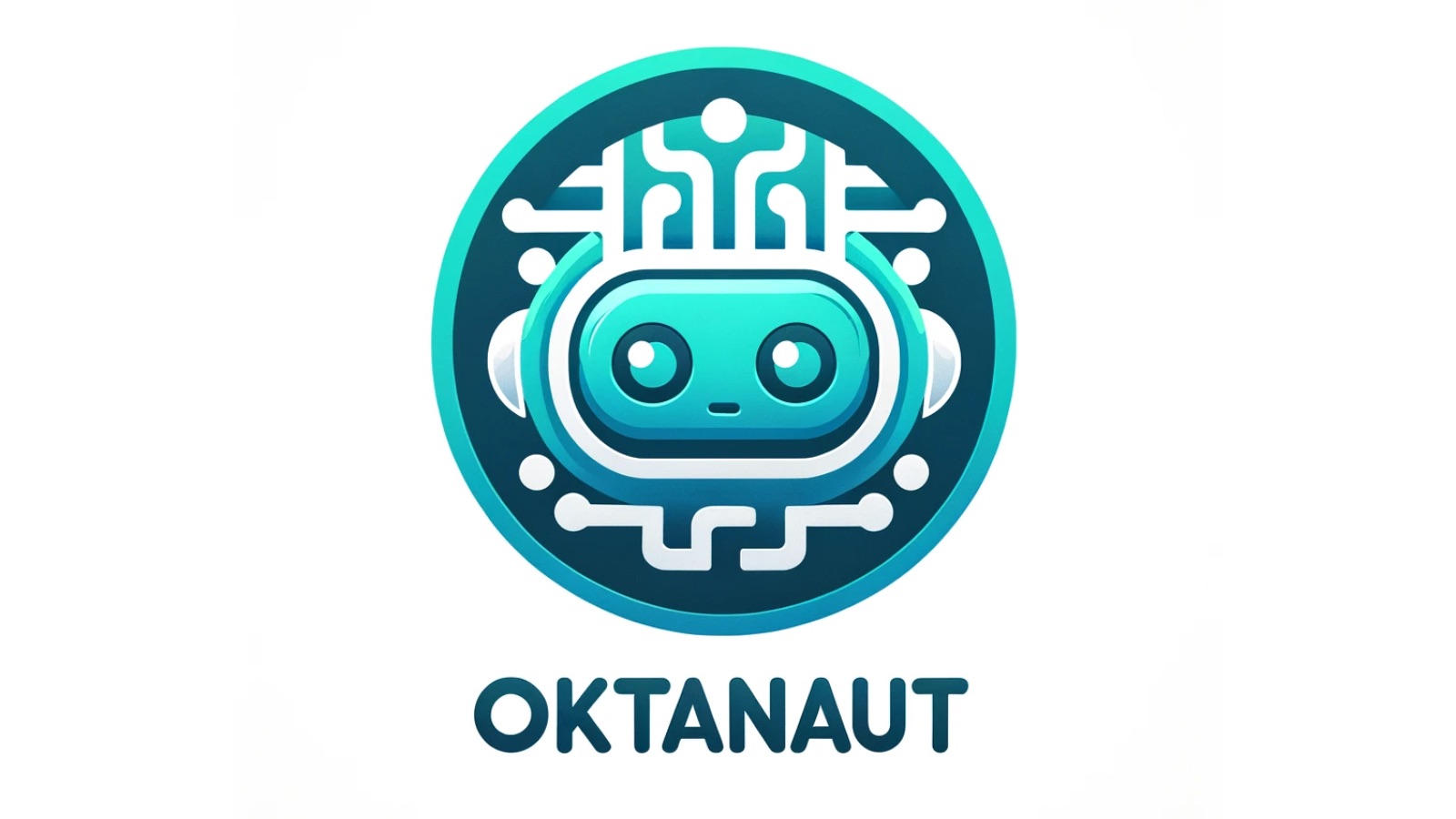
In today’s fast-paced world of technology, developers must navigate through detailed API documentation to integrate with software solutions. As a Developer Support Intern at Okta, I noticed developers underutilizing Okta’s Developer Documentation. To help them benefit from the wealth of information in these docs, I was inspired to build a tool using OpenAI. Leveraging ChatGPT, I built ✨Oktanaut✨, a versatile Python chatbot running on Jupyter Notebook that makes access to information on Okta’s Developer Documentation...
Supporting Devs Through Advocacy

Supporting developers is my modus operandi. I’ve been with Okta for three years, formerly as a Developer Support Engineer and now as a Developer Advocate. Before joining Okta, I graduated from Hackbright Academy, an all-women boot camp based in San Francisco. I learned to think like a programmer through coding in Python and Javascript. My full-stack capstone project was a web application that tracked sugar intake, inspired by the community health service volunteer work I...
Use the Okta CLI to Build Secure Python Apps
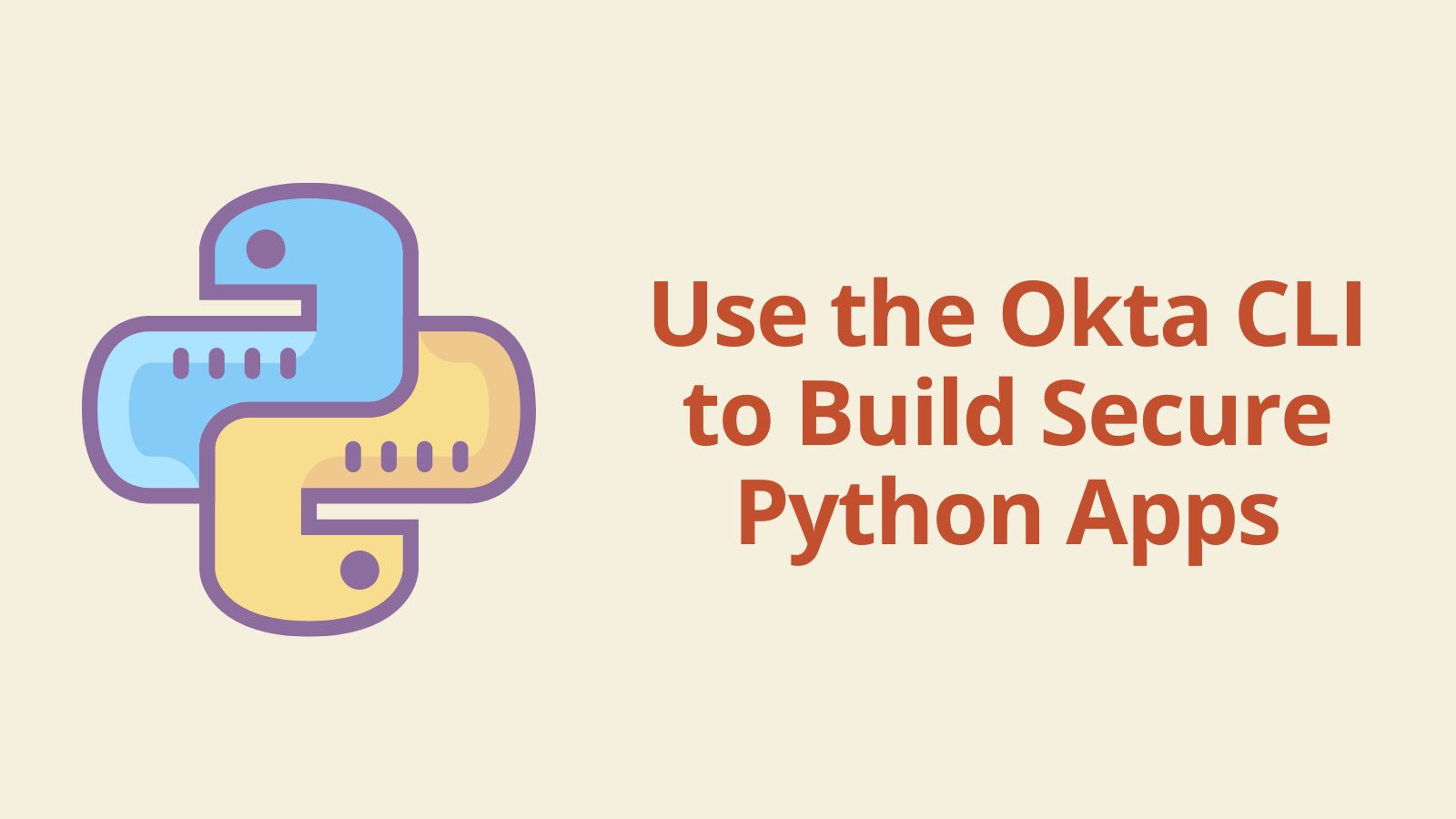
Okta is a customizable, secure solution that lets you add authentication and access management to your applications. Since this can be a complex topic, we recommend setting up your first project with our CLI. In this walkthrough, we will: Configure the Okta CLI Teach you how to create your first application Learn about authentication and authorization credentials Set up hosted authentication with Okta and try it out Cover troubleshooting issues you might encounter Prerequisites This...
Set Up the Private Key JWT Flow in Three Python Commands

The Private Key JWT flow is one of the more complicated OIDC flows to set up. At Okta, it’s commonly used to get OAuth4Okta access tokens which enable you to perform managementr tasks on your org. If you already know HOW it works and just want to get to the code, click here to skip ahead. If you’re looking to gain a better understanding of how it works, here’s a high level explanation: Once you’ve...
Oktanaut Tanay, Reporting for Duty

Greetings Oktaverse! I’m Tanay 🖖 I have been following Okta for many years, and I am very excited to finally join you all and get a chance to serve this wonderful community. First things first, here’s a picture of me so that you can recognize me and say hi the next time we meet. 👇 Who I am and what I’ve done so far I started my journey into the world of tech communities and...
How to Build a Flask SCIM Server Configured for Use with Okta
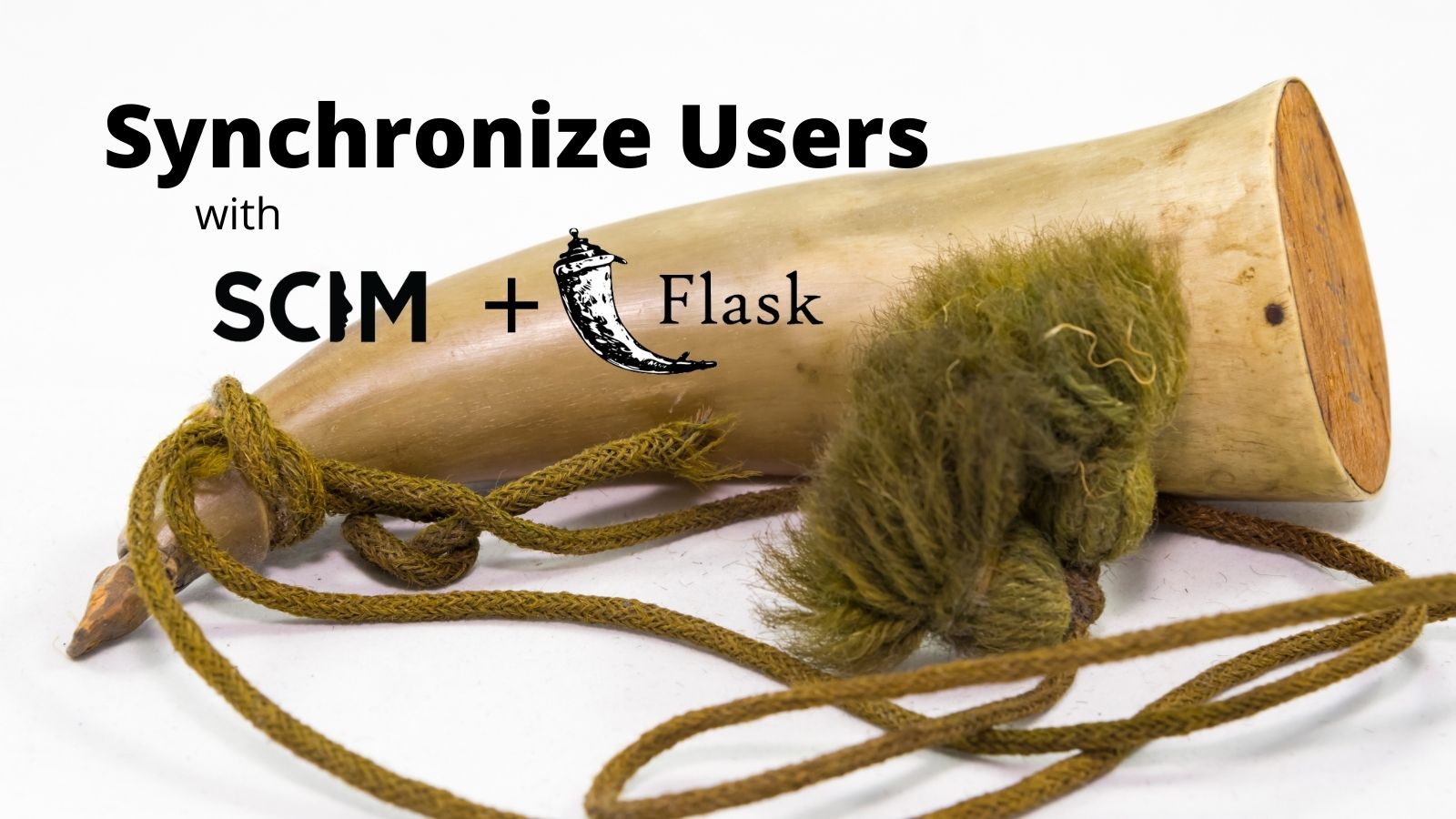
At a very high level, the SCIM (System for Cross-Identity Management) protocol exists to provision and sync users and groups across various, independent systems. There is some room for nuance in the SCIM spec. In this post we will take a look at some basic SCIM operations. We’ll peek under the hood at the flow between Okta and a SCIM server built in Flask using PostgreSQL as our app database. Even if you’re not a...
Getting Started with Libsodium in Python and Go

The Networking and Cryptography library (NaCl pronounced “salt”) is a software library that provides the core operations required to build cryptographic tools. Sodium is a fork of NaCl with an extended API; it’s portable, and binaries are available to be used by various programming languages and operating systems. It comes in the form of a library called libsodium. Although there are several Python and Go cryptography libraries, it is primarily a matter of personal choice...
How to Write a Secure Python Serverless App on AWS Lambda
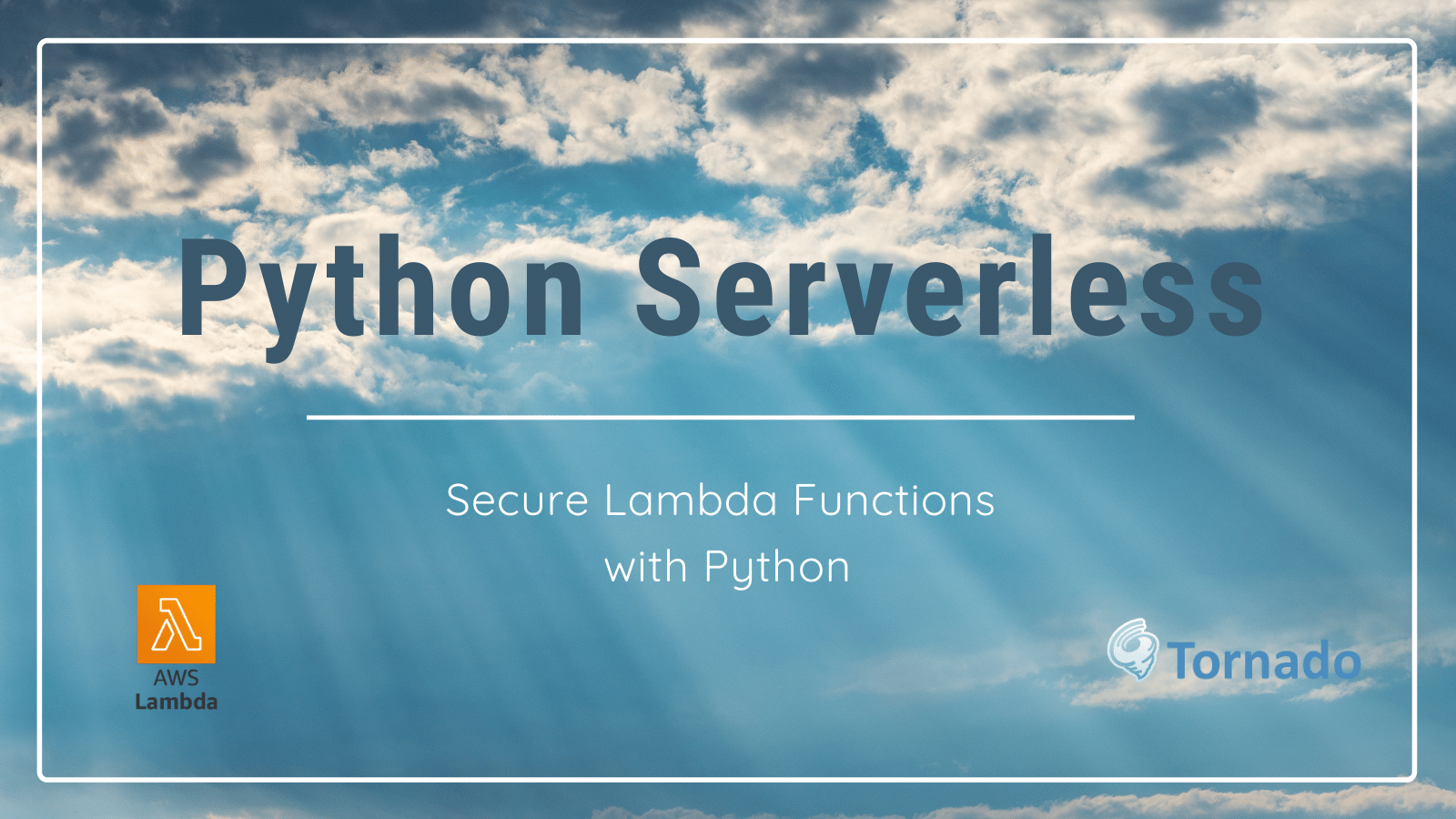
Modern authentication systems generate JSON Web Tokens (JWT). While there are several types of JWTs, we’re concentrating on access tokens. When a user successfully logs in to an application, a JWT is generated. The token is then passed in all requests to the backend. The backend can then validate the token and reject all requests with invalid or missing tokens. Today, we are going to build a simple web application that uses the Okta authentication...
Building a GitHub Secrets Scanner

GitHub reconnaissance is a tactic that attackers use to gather information about their targets. Attackers analyze organizations’ GitHub repositories and check for sensitive data that has been accidentally committed or information that could lead to the discovery of a vulnerability. For this tutorial, let’s build a scanner that automates the GitHub recon process! We will be scanning your GitHub repositories using the method mentioned in the “Tightening Up Your GitHub Security” post. You will be...
Build and Secure an API in Python with FastAPI
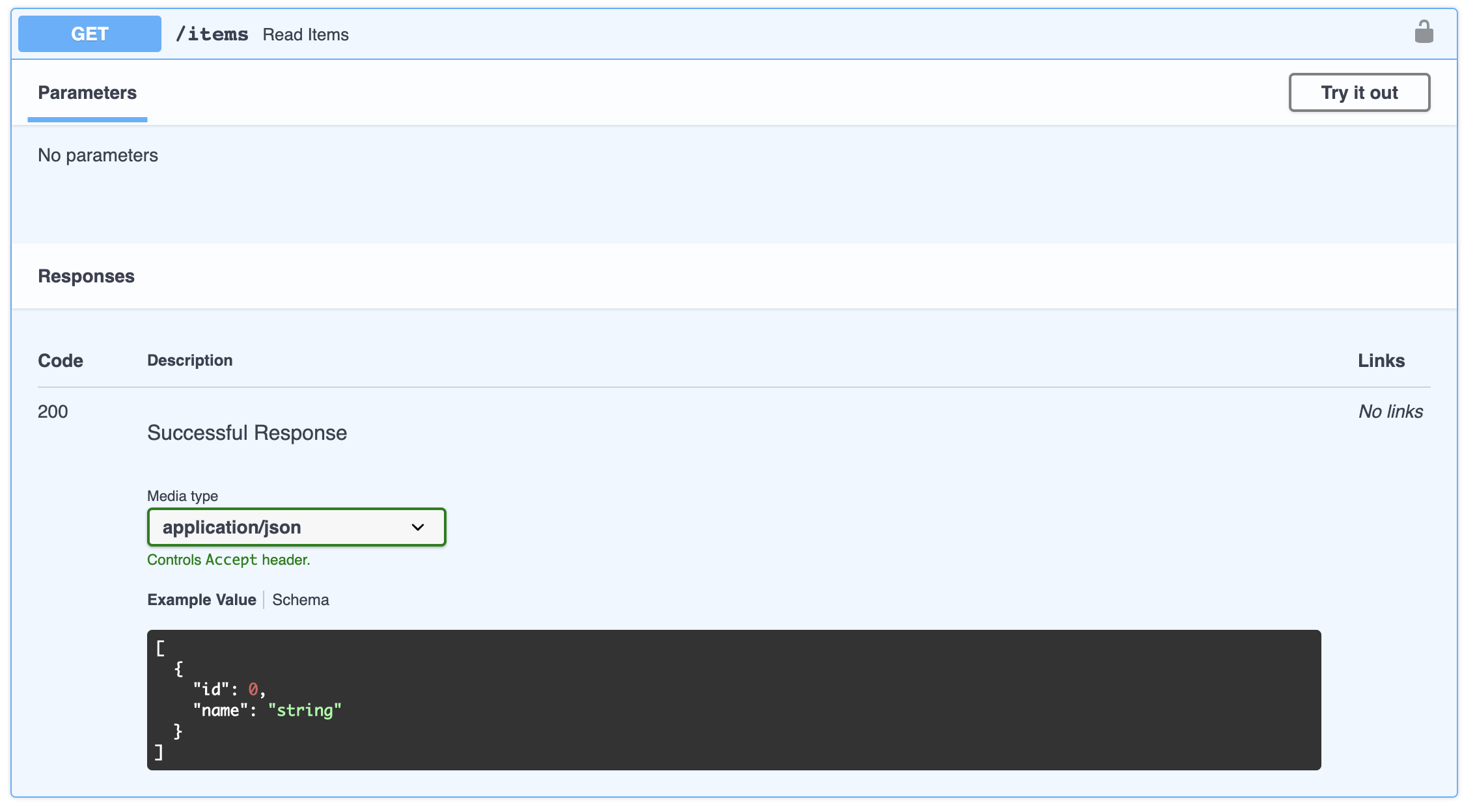
As Python grows in popularity, the variety of high-quality frameworks available to developers has blossomed. In addition to steadfast options like Django and Flask, there are many new options including FastAPI. First released in late 2018, FastAPI differentiates itself from other Python frameworks by offering a modern, fast, and succinct developer experience for building reliable REST APIs. While one of the newer open-source Python frameworks available, FastAPI has quickly gained a following with over 22,000...
The Definitive Guide to WSGI
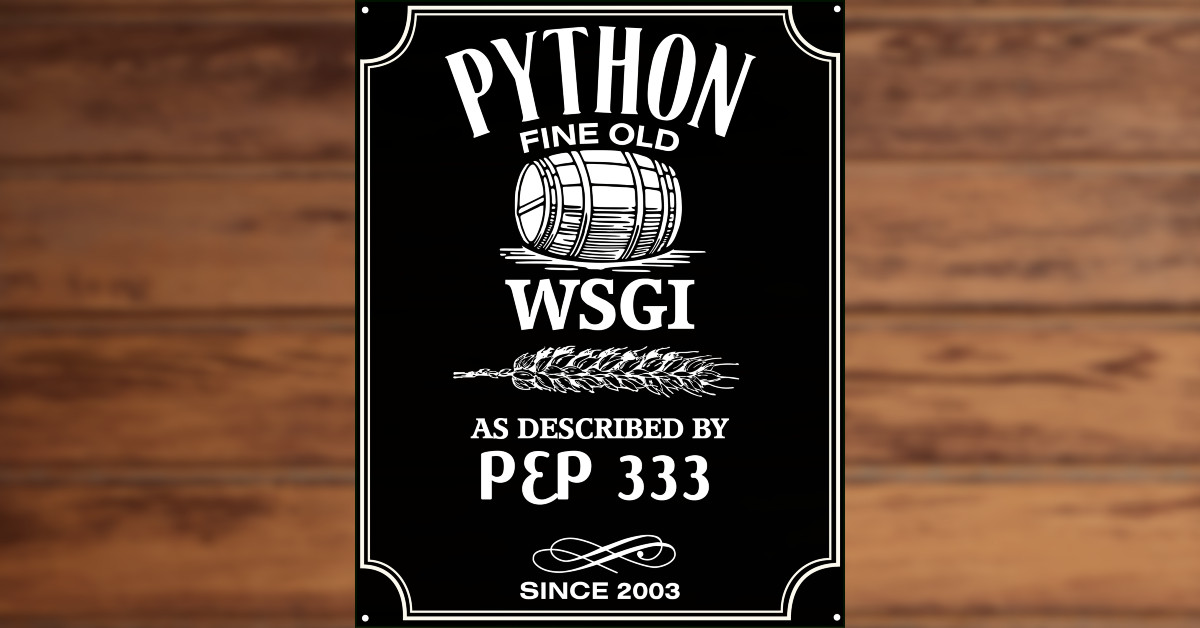
Python has a number of different frameworks for building web applications. The choice of framework limits the choice of available web servers. Java also has a number of web frameworks but they are all based on the common servlet API which means that any framework can run on any web server which supports the servlet API. You’ve probably seen WSGI mentioned before, but you might not be exactly sure what it meant or did. In...
Setup a Mute Indicator Light for Zoom with Hammerspoon

In this post, I’m going to show you how to set up a light that will turn on when you’re in a Zoom call. The color of the light will show your mute status, red will indicate that you’re muted, and green if you are not muted. Because Zoom doesn’t provide a native interface for determining mute status, I will instead use a tool called Hammerspoon to accomplish this. Note: Unlike most software for macOS,...
Reintroducing Joël Franusic
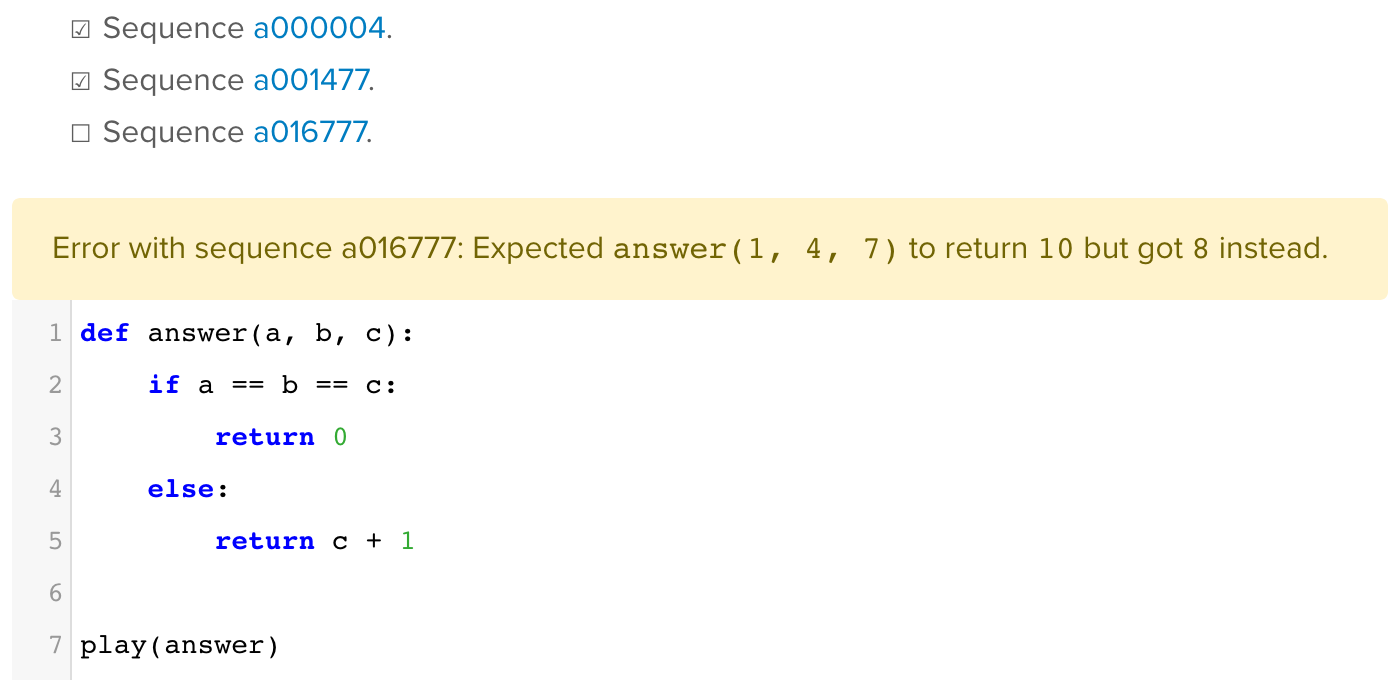
Hi, my name is Joël Franusic and I’m happy to announce that I am, once again, a developer advocate at Okta, focusing on the Python and Go communities. (Why do I say “once again”? Because six years ago, I started my Okta career as a developer advocate but over the course of time I worked in a series of other roles including: “Software Engineer”, “Technical Marketing Manager”, and “Product Marketing Manager”) This blog post has...
Stop Writing Server-Based Web Apps
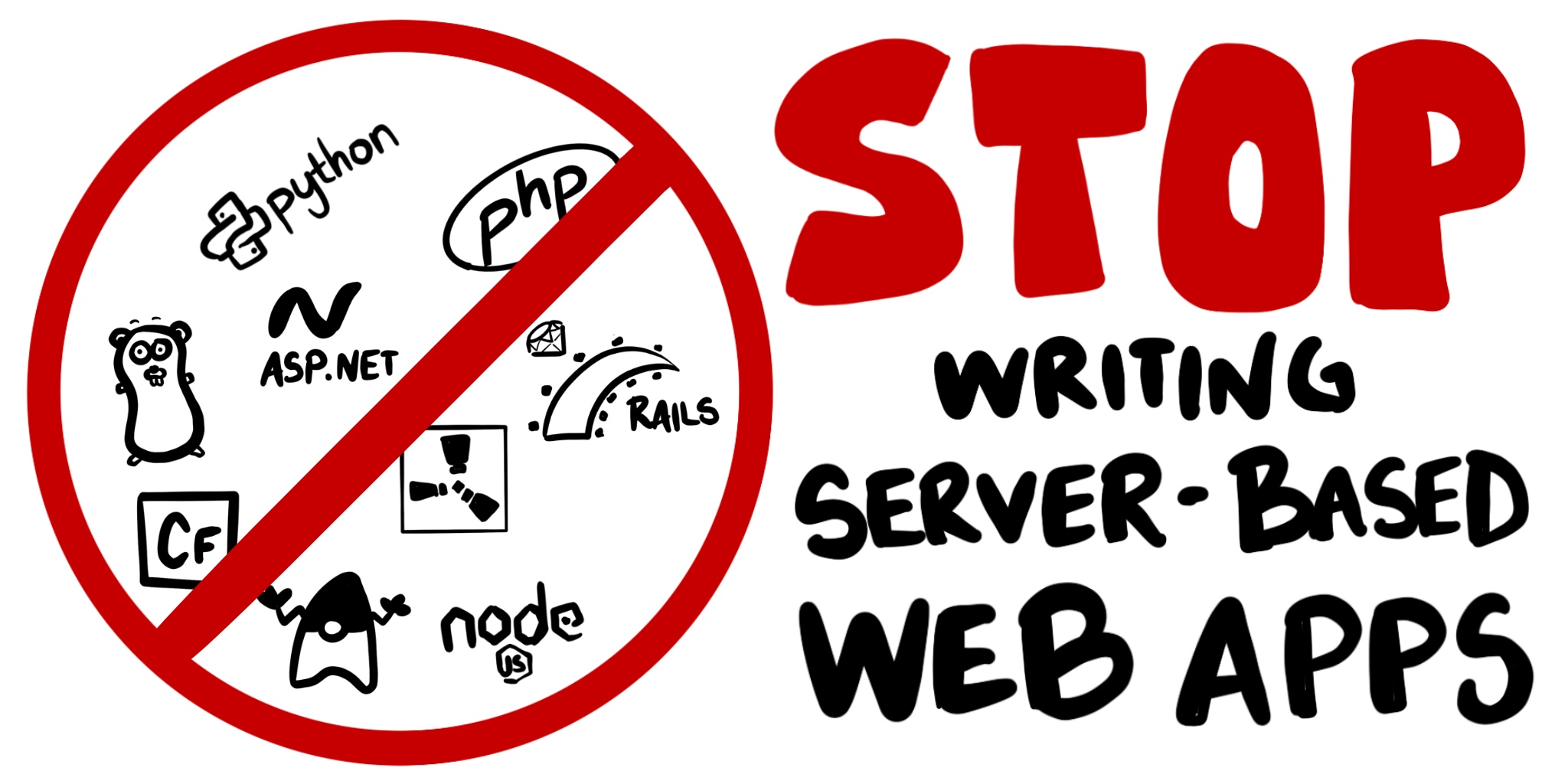
The World-Wide Web, as we know it, started around 1993 by serving static HTML files with links to other HTML files. It didn’t take long for developers to find ways of making websites more “dynamic” using technologies like Common Gateway Interface (CGI), Perl, and Python. Since the ’90s, I have built web applications using a variety of languages, platforms, and frameworks. I’ve written application frameworks, content management systems, a blog engine, and a social media...
Build a CRUD App with Python, Flask, and Angular

Developers all have their favorite GitHub repositories. They have software projects that they love and watch closely for the latest changes. In this tutorial, you’ll create a simple CRUD application to save and to display your favorite GitHub open source projects. You will use Angular to implement the user interface features and Python for the backend. These days it is not uncommon to have an API that is responsible not only for persisting data to...
Build a Simple CRUD App with Python, Flask, and React

Note: In May 2025, the Okta Integrator Free Plan replaced Okta Developer Edition Accounts, and the Okta CLI was deprecated. We preserved this post for reference, but the instructions no longer work exactly as written. Replace the Okta CLI commands by manually configuring Okta following the instructions in our Developer Documentation. Today’s modern web applications are often built with a server-side language serving data via an API and a front-end javascript framework that presents the...
Build a Simple CRUD App with Flask and Python
Today I’m going to walk you through building a simple Flask web app (a blog) complete with user management (login, registration, etc.), database models, and everything else that goes along with it. In this post I’ll walk you through the code piece-by-piece, explaining everything you need to know along the way. By the end of this tutorial, you’ll know how to build simple Flask web apps and have a good understanding of how to create...
Flask Tutorial: Simple User Registration and Login
Flask is my favorite Python web framework. It’s minimal, it’s fast, and most of all: it’s fun. I love almost everything about Flask development, with one exception: user management. User management in Flask, just like in many other web frameworks, is difficult. I can’t tell you how many times I’ve created user databases, set up groups and roles, integrated social login providers, handled password reset workflows, configured multi-factor authentication workflows, etc. Even awesome libraries like...
Open Source Framework Samples and Quickstarts for Okta's Developer APIs
Developers love sample applications. It’s one thing to see the steps to create an application or feature; but when someone provides a working app you can just build and run it’s simply fantastic. Open source is near and dear to many developers today. Many of the frameworks we use to build applications are open source. It’s a great way to develop widely-used software and get contributions from your users. Okta’s Developer Experience (DevEx) team believes...